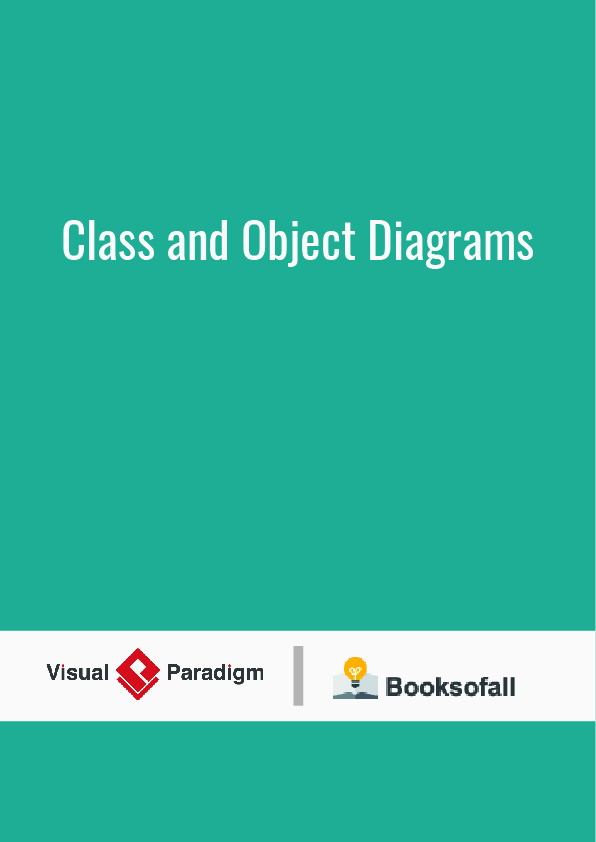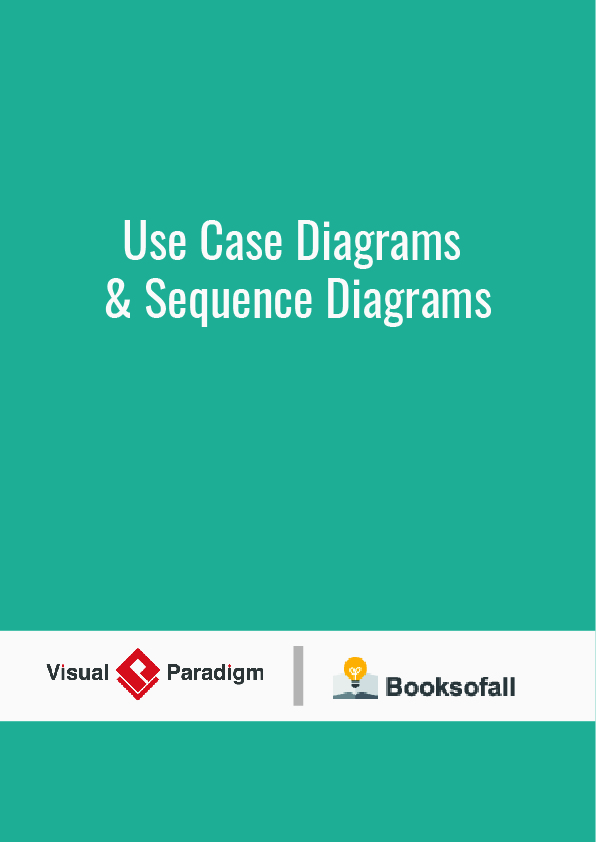Component Diagrams
- Component diagrams are used in modeling the physical aspects of object-oriented systems.
- A component diagram shows the organization and dependencies among a set of components.
- Component diagrams are used to model the static implementation view of a system.
- Component diagrams are essentially class diagrams that focus on a system’s components.
- Graphically, a Component diagram is a collection of vertices and arcs.
- Component diagrams are used for visualizing, specifying, and documenting componentbased systems and also for constructing executable systems through forward and reverse engineering.
- Component diagrams commonly contain Components, Interfaces and Dependency, generalization, association, and realization relationships. It may also contain notes and constraints.
In Unified Modeling Language (UML), a component diagram depicts how components are wired together to form larger components or software systems. They are used to illustrate the structure of arbitrarily complex systems.
Overview
A component diagram allows verification that a system’s required functionality is acceptable. These diagrams are also used as a communication tool between the developer and stakeholders of the system. Programmers and developers use the diagrams to formalize a roadmap for the implementation, allowing for better decision-making about task assignment or needed skill improvements. System administrators can use component diagrams to plan ahead, using the view of the logical software components and their relationships on the system.
Diagram elements
The component diagram extends the information given in a component notation element. One way of illustrating the provided and required interfaces by the specified component is in the form of a rectangular compartment attached to the component element. Another accepted way of presenting the interfaces is to use the ball-and-socket graphic convention. A provided dependency from a component to an interface is illustrated with a solid line to the component using the interface from a “lollipop”, or ball, labelled with the name of the interface. A required usage dependency from a component to an interface is illustrated by a half-circle, or socket, labelled with the name of the interface, attached by a solid line to the component that requires this interface. Inherited interfaces may be shown with a lollipop, preceding the name label with a caret symbol. To illustrate dependencies between the two, use a solid line with a plain arrowhead joining the socket to the lollipop.
Common Modeling Techniques
Modeling Source Code
To model a system’s source code,
- Either by forward or reverse engineering identifies the set of source code files of interest and model them as components stereotyped as files.
- For larger systems, use packages to show groups of source code files.
- Consider exposing a tagged value indicating such information as the version number of the source code file, its author, and the date it was last changed. Use tools to manage the value of this tag.
- Model the compilation dependencies among these files using dependencies. Again, use tools to help generate and manage these dependencies











